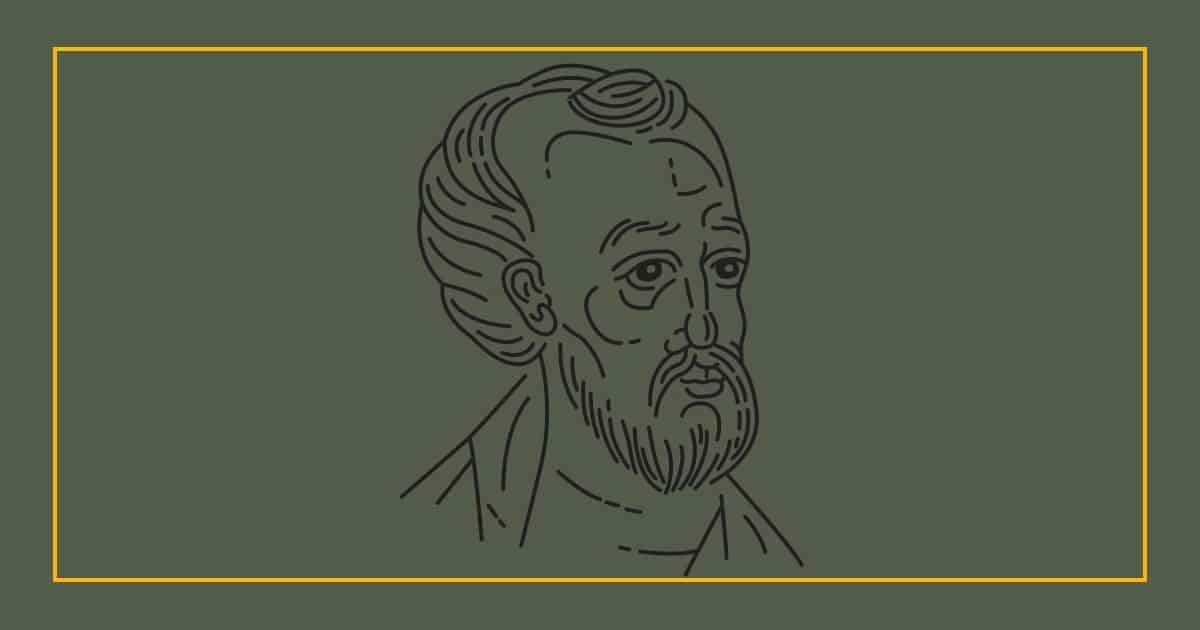
To understand where John Chrysostom was coming from in his preaching, we have to consider what his intellectual background was and what he was trying to communicate to his congregations in his sermons. All forms of literature are products of their time, and it is only if they can speak not only to the original hearers but also to the second and third generations that read them that they are likely to survive beyond the circumstances in which they were produced. If this is true of books, it is even more true of speeches, and sermons are a particularly focused form of speech. Preachers do not necessarily look beyond their immediate congregations, but even if they do, they know that they must first persuade the people sitting in front of them of both the truth and the importance of what they have to say. That John’s sermons should have survived in the quantity that they have is an impressive testament to their worth, but even so, modern readers will inevitably find it difficult to enter fully into the spirit of his preaching. We are obliged to read what was originally a three-dimensional performance in a one-dimensional format, a handicap that we must try to overcome by looking carefully at the background John came from, and at the expectations that both he and his hearers would have shared.
Preachers nowadays usually have no training in rhetoric and have to learn from experience what communicates to their congregations and what does not. John Chrysostom lived in a different world. In his time, oratory was highly prized, people were generally attentive to what they heard, and speakers were taught how to use their voice to best effect. Not everyone succeeded to the same degree, of course, but expectations were great and standards were high. John inherited a long tradition of public speaking that went back to ancient Greece, and in particular to the great Athenian orator Demosthenes.
Demosthenes was not just an ideal from the distant past but a model that John and his contemporaries were expected to imitate. In this endeavor he was universally acknowledged to have been one of the most successful, managing to produce a form of words so pure in its classical style that it could have come from seven centuries before his time. The amazing thing is that John achieved this without sounding stilted or archaic to his contemporaries. Where others indulged in high-flown rhetoric, he kept everything simple and straightforward, recognizing that most people were put off by technical theological jargon that they could not understand. In modern times that approach has often been seen as lowbrow, but in reality he had mastered the essence of the classical style, which was to present complex ideas in a simple way that spoke to educated and uneducated alike.
Surprising though it may seem, John’s reputation has suffered from the fact that most of his sermons are expositions of Scripture. One reason for this is that his expository style seldom attracts the interest of modern biblical scholars, whose work is based on different hermeneutical principles and often leads to quite different interpretations of the texts. More significantly, John’s applications of those texts, while it had a powerful effect in his day, is frequently hard for later generations to appreciate because of the very different circumstances in which we now live. Nevertheless John’s methods and principles often remain valid, even if many of the details now seem obscure or irrelevant, and it is by examining them that we can rediscover his genius and its ongoing importance for preachers in every age.
With such a vast array of material to choose from, deciding where to begin reading John is extremely difficult. In the past, many students have chosen to concentrate on particular treatises, especially the ones on priesthood, because they have felt that in them John was addressing subjects that were still of great interest and relevance to modern church life. But important as they are, those treatises do not represent the heart of John’s labors. For him, expounding the Bible from the pulpit and applying its lessons to the lives of his congregations remained his fundamental concern throughout his life, and to understand him properly we must begin with them.
Even so, it is scarcely practical to try to cover everything. Limitations of space force us to be selective, and most scholars would probably agree that this is best done by concentrating on four key texts—the creation narrative in Genesis 1–3, the Gospels of Matthew and John, and Paul’s Epistle to the Romans. The creation narrative was a favorite theme of patristic commentators and is important because it established the worldview of Christianity over against the received wisdom of the pagans. Today, when the church is once again facing challenges from a secular culture that rejects the biblical doctrine of creation, this emphasis needs to be recalled in the hope of learning lessons from the past that may help us to resolve the conflicts of the present.
The Gospels of Matthew and John are self-evidently important because they recount the life and teaching of Jesus, albeit from different perspectives. John Chrysostom’s exposition of them reveals his doctrine of Christ, which is that of Nicene orthodoxy, and which remains central to the life of the church today. His exposition of Romans is widely regarded as his best work, and it gives us an insight into John’s deep affinity with the apostle Paul. It also speaks to the perennial controversies inherent in the Christian faith—the nature of original sin, the relationship of Jews to gentiles in the divine plan of salvation, and justification by faith alone. These themes remain as vital to our understanding of the gospel now as they have ever been, and it would not be surprising if modern readers resonate with John more fully in the sermons where he is discussing them than elsewhere in his writings.
This post is adapted from Preaching the Word with John Chrysostom by Gerald Bray (Lexham Press, 2020).







